Refine listing
Actions for selected content:
16950 results
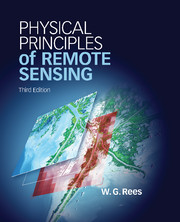
Physical Principles of Remote Sensing
-
- Published online:
- 05 December 2012
- Print publication:
- 29 November 2012

Gamma-ray Bursts
-
- Published online:
- 05 December 2012
- Print publication:
- 22 November 2012
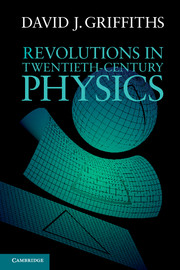
Revolutions in Twentieth-Century Physics
-
- Published online:
- 05 December 2012
- Print publication:
- 08 November 2012
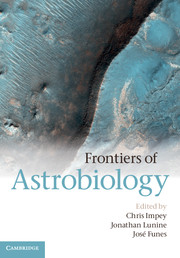
Frontiers of Astrobiology
-
- Published online:
- 05 December 2012
- Print publication:
- 15 November 2012
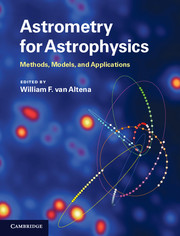
Astrometry for Astrophysics
- Methods, Models, and Applications
-
- Published online:
- 05 December 2012
- Print publication:
- 22 November 2012
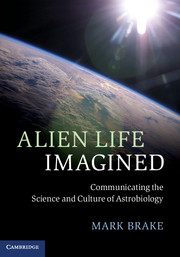
Alien Life Imagined
- Communicating the Science and Culture of Astrobiology
-
- Published online:
- 05 December 2012
- Print publication:
- 08 November 2012
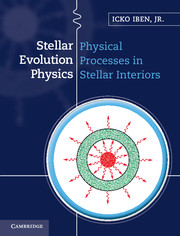
Stellar Evolution Physics
-
- Published online:
- 05 December 2012
- Print publication:
- 29 November 2012

Stellar Evolution Physics
-
- Published online:
- 05 December 2012
- Print publication:
- 29 November 2012
9 - Star formation, pre-main sequence evolution, and the zero age main sequence
- from Part III - Pre-main sequence, main sequence, and shell hydrogen-burning evolution of single stars
-
- Book:
- Stellar Evolution Physics
- Published online:
- 05 December 2012
- Print publication:
- 29 November 2012, pp 529-636
-
- Chapter
- Export citation
5 - Polytropes and single zone models
- from Part II - Basic physical processes in stellar interiors
-
- Book:
- Stellar Evolution Physics
- Published online:
- 05 December 2012
- Print publication:
- 29 November 2012, pp 191-257
-
- Chapter
- Export citation
Index
-
- Book:
- Stellar Evolution Physics
- Published online:
- 05 December 2012
- Print publication:
- 29 November 2012, pp 1472-1495
-
- Chapter
- Export citation
4 - Interaction of electromagnetic radiation with the Earth's atmosphere
-
- Book:
- Physical Principles of Remote Sensing
- Published online:
- 05 December 2012
- Print publication:
- 29 November 2012, pp 110-134
-
- Chapter
- Export citation
6 - Hydrogen-burning reactions and energy-generation rates
- from Part II - Basic physical processes in stellar interiors
-
- Book:
- Stellar Evolution Physics
- Published online:
- 05 December 2012
- Print publication:
- 29 November 2012, pp 258-297
-
- Chapter
- Export citation
Frontmatter
-
- Book:
- Physical Principles of Remote Sensing
- Published online:
- 05 December 2012
- Print publication:
- 29 November 2012, pp i-viii
-
- Chapter
- Export citation
Preface
-
- Book:
- Physical Principles of Remote Sensing
- Published online:
- 05 December 2012
- Print publication:
- 29 November 2012, pp xv-xvii
-
- Chapter
- Export citation
Appendix - Data tables
-
- Book:
- Physical Principles of Remote Sensing
- Published online:
- 05 December 2012
- Print publication:
- 29 November 2012, pp 412-416
-
- Chapter
- Export citation
2 - Electromagnetic waves in free space
-
- Book:
- Physical Principles of Remote Sensing
- Published online:
- 05 December 2012
- Print publication:
- 29 November 2012, pp 11-41
-
- Chapter
- Export citation
Plate Section
-
- Book:
- Physical Principles of Remote Sensing
- Published online:
- 05 December 2012
- Print publication:
- 29 November 2012, pp -
-
- Chapter
- Export citation
Frontmatter
-
- Book:
- Stellar Evolution Physics
- Published online:
- 05 December 2012
- Print publication:
- 29 November 2012, pp i-iv
-
- Chapter
- Export citation
7 - Photon–matter interaction probabilities, absorption cross sections, and opacity
- from Part II - Basic physical processes in stellar interiors
-
- Book:
- Stellar Evolution Physics
- Published online:
- 05 December 2012
- Print publication:
- 29 November 2012, pp 298-434
-
- Chapter
- Export citation
